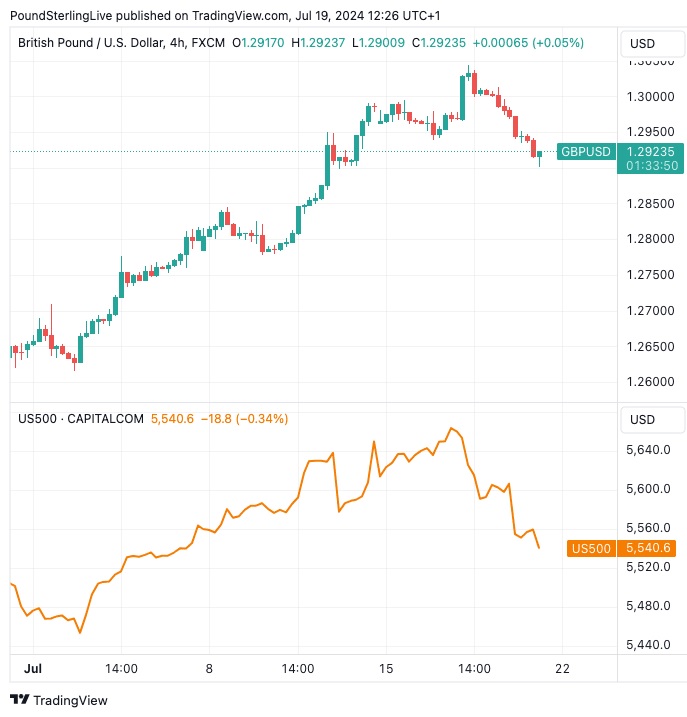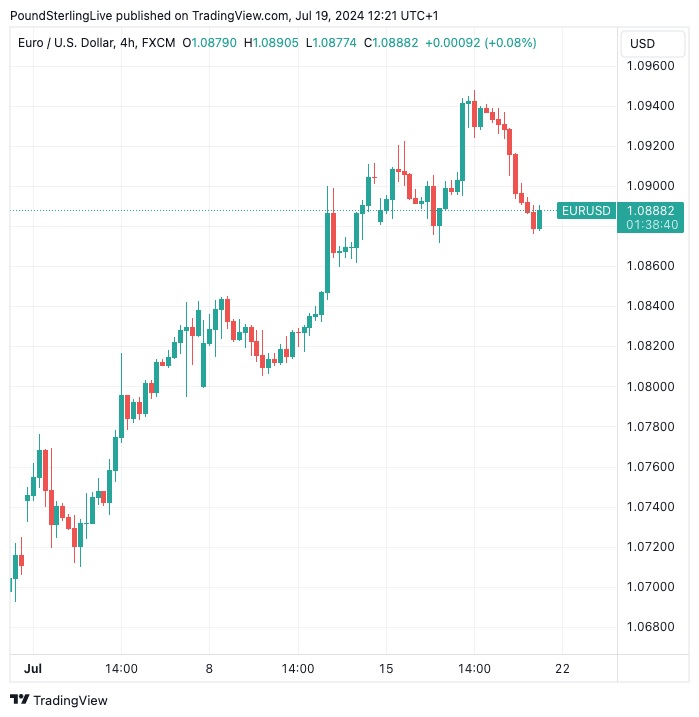 The U.S. Dollar has gained strength amid a downturn in global equity markets, a situation exacerbated by new restrictions on technology exports to China and a significant global IT shutdown. Stock markets in Europe and Asia experienced declines following a widespread failure in services dependent on Microsoft software.
The U.S. Dollar has gained strength amid a downturn in global equity markets, a situation exacerbated by new restrictions on technology exports to China and a significant global IT shutdown. Stock markets in Europe and Asia experienced declines following a widespread failure in services dependent on Microsoft software.
This critical failure in a Microsoft antivirus component disrupted operations for banks, airports, trains, news stations, health services, and numerous other businesses, highlighting the degree to which global tech infrastructure is centralized around a few key companies. The outage revealed vulnerabilities in the global economy’s reliance on a limited number of tech giants.
Safe Haven Currency Boost
Market declines often benefit the Dollar, perceived as a ‘safe haven’ currency during times of uncertainty. Consequently, the Euro to Dollar exchange rate pulled back from a recent high of 1.0950 to 1.0889, while the Dollar’s rally pushed the GBP/USD exchange rate down to 1.2929. Analysts from HSBC indicated that the Dollar’s strength was partly due to the tech service outages and the ongoing political scenario in the U.S.
Although Microsoft has identified and resolved the issue, easing some selling pressure, the timing of the outage is sensitive given the existing market tensions over new restrictions on tech exports to China by the Biden administration.
Trade Tensions and Market Fears
The Biden administration’s proposed stringent restrictions on tech exports to China have intensified market concerns, potentially sparking a fresh trade standoff between the two economic giants. Allies have been informed that the U.S. might impose the most severe trade restrictions if companies like Tokyo Electron Ltd. and ASML Holding NV continue to supply advanced semiconductor technology to China. The administration’s plan to tighten these rules has been a significant factor behind the recent market turmoil.

Potential for Dollar Decline
Despite the current rally, the long-term outlook for the Dollar may not be as strong. Analysts from the BlackRock Investment Institute believe that the fundamental market conditions driving recent highs remain unchanged. They suggest a continuation of risk investment and focus on artificial intelligence (AI) as key themes, maintaining an overweight position in U.S. equities.
The possibility of Federal Reserve interest rate cuts later in the year is also expected to influence the Dollar’s strength. Market analysts are fully pricing in initial rate cuts in September, with another expected in December. Should this scenario materialize, it could lead to a short-lived recovery for the Dollar, followed by a potential decline.

Economic forecasts from Intesa Sanpaolo and Convera suggest that markets are anticipating up to six rate cuts over the next nine policy meetings, with the benchmark policy rate stabilizing around 4% within a year. Such expectations are considered bearish for the Dollar.
Outlook and Implications
The recent strength of the U.S. Dollar amidst global market instability and tech disruptions highlights the complex interplay of technological dependence, geopolitical tensions, and economic policy. While the immediate outlook shows a bolstered Dollar, driven by market fears and safe-haven flows, the longer-term perspective suggests potential volatility influenced by anticipated Federal Reserve actions and evolving trade policies.
As global markets continue to navigate these challenges, the implications for businesses, investors, and policymakers will be significant. The reliance on centralized tech infrastructures underscores the need for diversified and resilient systems, while the geopolitical landscape will require careful management to avoid further economic disruptions. The evolution of these factors will shape the future trajectory of the Dollar and global economic stability.




